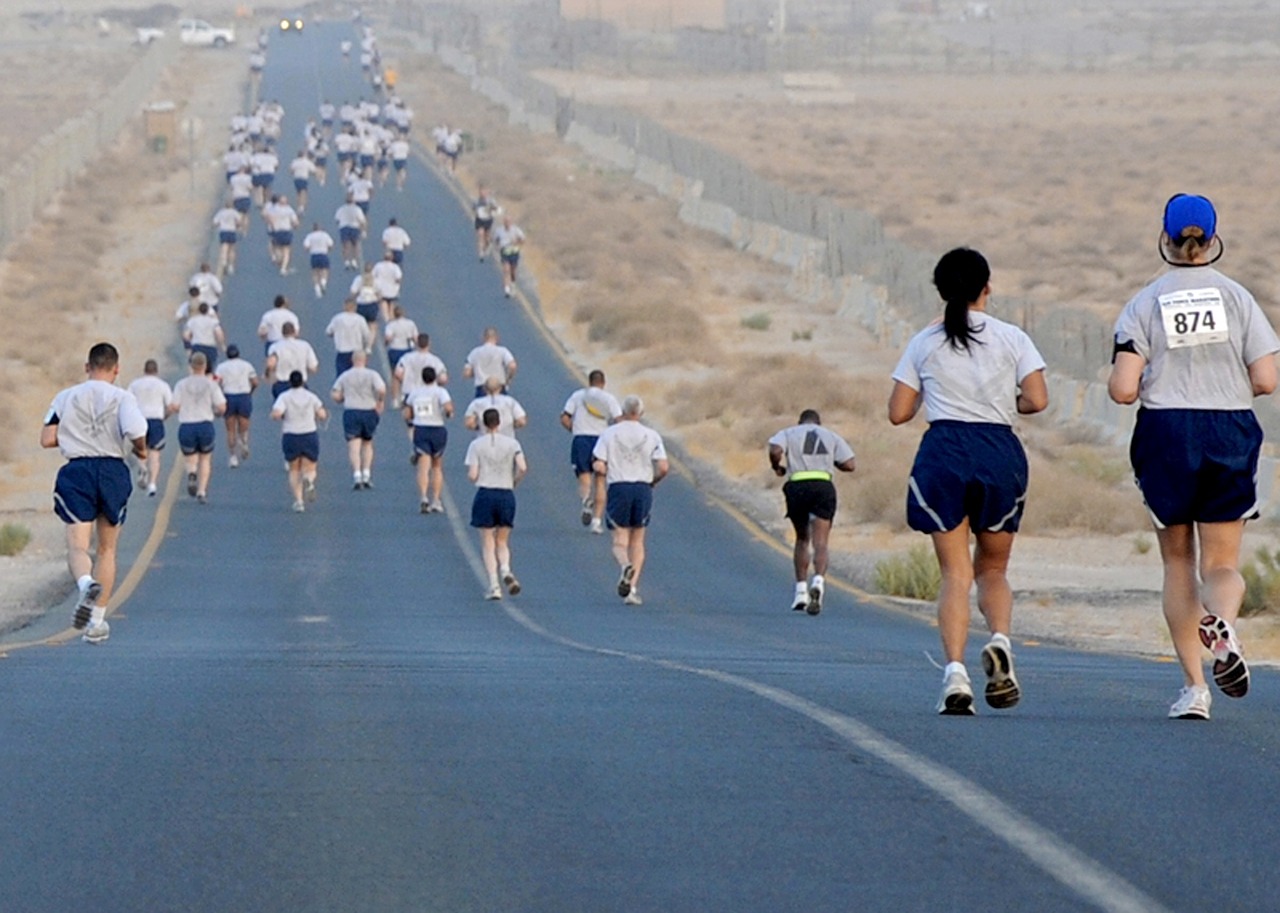Hill training can be some of the most gruelling work both mentally and physically, but should you always include specific sessions on it in your training?
The purpose of hill running
You need to consider the purpose of hill running and your needs. Hills give you a great way to effectively perform intervals since running at the same speed uphill as you do on a flat surface is obviously much harder. This has the benefit of making your body better at dealing with hard work in short bursts and will increase your cardiovascular fitness.
For hilly races it obviously helps to have also worked on technique for running up and down hills well.
Big pay-offs
In Norwich where I live, we have a lot of hills with gradients around 3-5% and lengths of around 200-400m. Even though Norfolk is notoriously flat compared to other parts of the UK, these will still take it out of you and your competitors in a race. There have been several times in races where I’ve gained several positions or managed to lose my competitors on a hill.
It’s not all hill repeats
Up and down, up and down. Boring! Well for some anyway. I’m one of the deranged people who really enjoys hill work, so I’d be perfectly happy hitting the same hill and trying to keep an even pace throughout the session or to even progress it in the latter repeats, but I know I’m in the minority here.
Hills don’t have to be repeated though and there are many ways to get them done without monotony.
If you plan a route which takes you up and down these hills in a longer run, it more accurately simulates the changes of gradient you’d experience in a race, as well as keeping your training more interesting.
A different option is to do laps of an area with a particular hill. The hard uphill section followed by up to a mile of slow descent and flat running taking you back to the bottom of the hill before you power up it again. Brilliantly effective and much more interesting.
Hills will always benefit you but be mindful of your needs for target races and make sure your training is specific to that. It’s great to include them in training and accept that your run might be a little slower, but unless you’re doing a particularly undulating race, you’d do just as well to use the odd hill in your normal training runs rather than needing to include the hill reps that most people dread.
Written by Kyle Brooks, Running Coach based in Norwich, Norfolk

